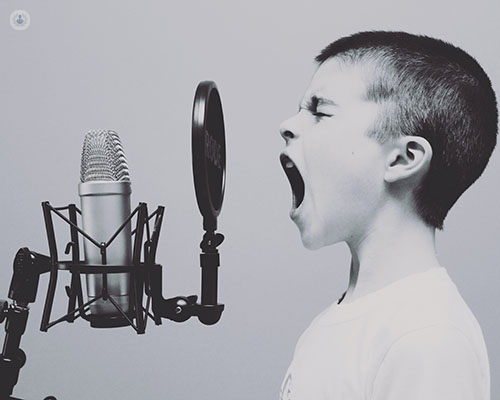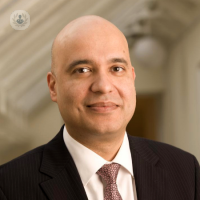Stroboscopy
Professor Guri Sandhu - Otolaryngology / ENT
Created on: 12-01-2015
Updated on: 06-27-2023
Edited by: Jay Staniland
What is a stroboscopy?
Laryngeal stroboscopy is a study of the vibration of the vocal cords. This test is carried out when there are diagnostic doubts surrounding vocal cord lesions. A stroboscopy allows the ENT specialist to examine the surface of the mucosa around the vocal cords and detect small changes in the vibrations of the vocal cords.

What happens during a stroboscopy?
During a stroboscopy, a strobe light is combined with a rigid or flexible laryngoscopy – a tube (endoscope) with a camera is inserted which allows a clear view of the vocal cords and voice box. The flashing light allows for the examination of vocal cord vibration. When multiple shots are taken of the vocal cords this enables the doctor to see minute differences between the pictures.
Why is a stroboscopy performed?
This test is often performed in cases of dysphonia to diagnose small changes in the vibration of the vocal cords.
Preparing for a stroboscopy
No prior preparation is required, although, if the patient takes anticoagulants, they should consult their specialist before the study is conducted.
What does the exam feel like?
The exam is painless, although some patients may have some discomfort in the larynx or feel nauseous while the endoscope is being inserted. Once the exam is done, some discomfort or irritation of the nose or larynx may be felt, which will disappear after a few hours. Anti-inflammatory medication can help with the discomfort, but the patient should take note of the doctor’s advice post-procedure.
